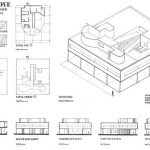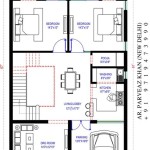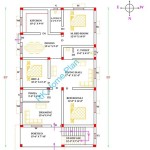Low Income Housing Plans: Essential Considerations
Affordable housing plays a significant role in stabilizing communities, reducing poverty, and fostering economic growth. However, the scarcity of decent and affordable housing options for low-income households remains a persistent challenge. Low Income Housing Plans (LIHPs) are crucial tools developed to address this housing scarcity and promote equitable access to safe and affordable homes.
LIHPs are comprehensive strategies that outline the specific actions, goals, and funding mechanisms required to increase the availability of affordable housing options for low-income households. These plans typically involve collaboration between federal, state, and local government agencies, as well as non-profit organizations and private sector partners.
The development of an effective LIHP involves careful consideration of several essential aspects, including:
Tenant Eligibility
LIHPs establish clear criteria for determining which households qualify for affordable housing assistance. These criteria typically consider household income as a percentage of the area's median income, family size, and other factors such as disability status.
Income Limits
The income limits specified in an LIHP determine the maximum household income allowed to qualify for affordable housing assistance. These limits are typically set as a percentage of the area's median income, ranging from 30% to 80%.
Rent and Utility Costs
LIHPs set limits on rent and utility costs for affordable housing units. These limits are designed to ensure that housing costs are within the financial reach of low-income households and prevent excessive financial burdens.
Housing Quality Standards
LIHPs include specific standards for the quality of affordable housing units. These standards address aspects such as structural integrity, plumbing, electrical systems, and overall livability to ensure that housing units meet basic health and safety requirements.
Funding Sources
The implementation of LIHPs relies on a combination of funding sources. These sources may include federal grants, state and local government funds, private investments, and non-profit contributions.
Public Engagement and Community Input
Effective LIHPs involve public engagement and community input throughout the planning process. This ensures that the needs and concerns of the community are considered and that the plan aligns with local priorities.
Monitoring and Evaluation
LIHPs include mechanisms for ongoing monitoring and evaluation to track progress, identify areas for improvement, and ensure that the plan is achieving its intended goals.
By incorporating these essential aspects, LIHPs provide a framework for addressing the housing needs of low-income households and promoting equitable access to safe and affordable homes.

Plan 1092 National Affordable Housing Network

Original Layout Design Of Low Income Housing Designed In Accor Scientific Diagram

Ground Floor Plan Of Low Income Block Flats Resource The Researchers Scientific Diagram

Thoughtful Design Can Create High Quality Affordable Multifamily Housing Joint Center For Studies

Plan 1092 National Affordable Housing Network

Gallery Of Ganei Shapira Affordable Housing Orit Muhlbauer Eyal Architects 6 Multifamily Architect

Low Income Senior Apartments Housing One Bedroom House Plans

Columbia Affordable Housing Development Floor Plan Dwg File Cadbull

Diversity In Housing Units For Low Income Projects Source Scientific Diagram

Layouts Of Some Low Income Public Housing Projects In Cairo Source Scientific Diagram








